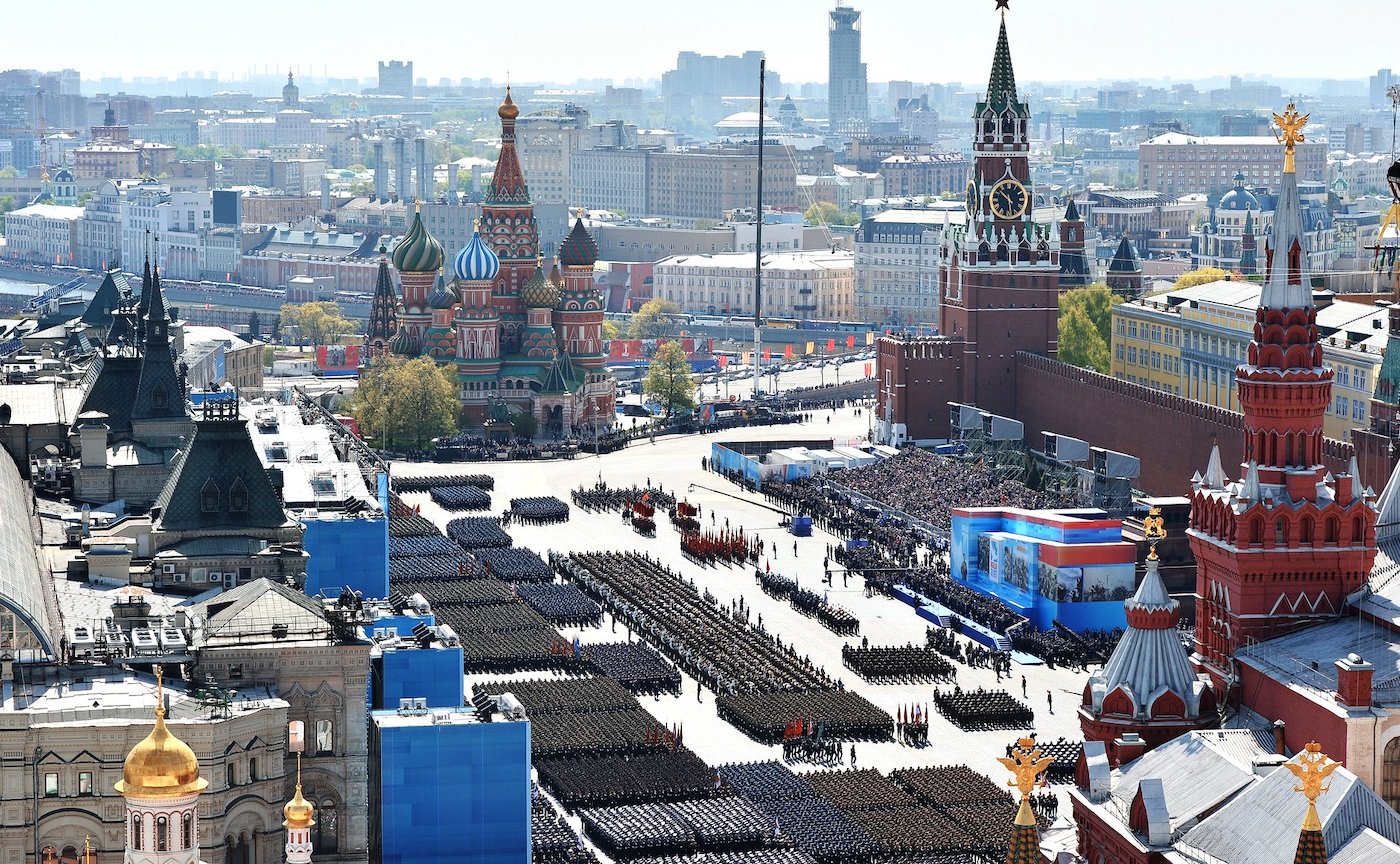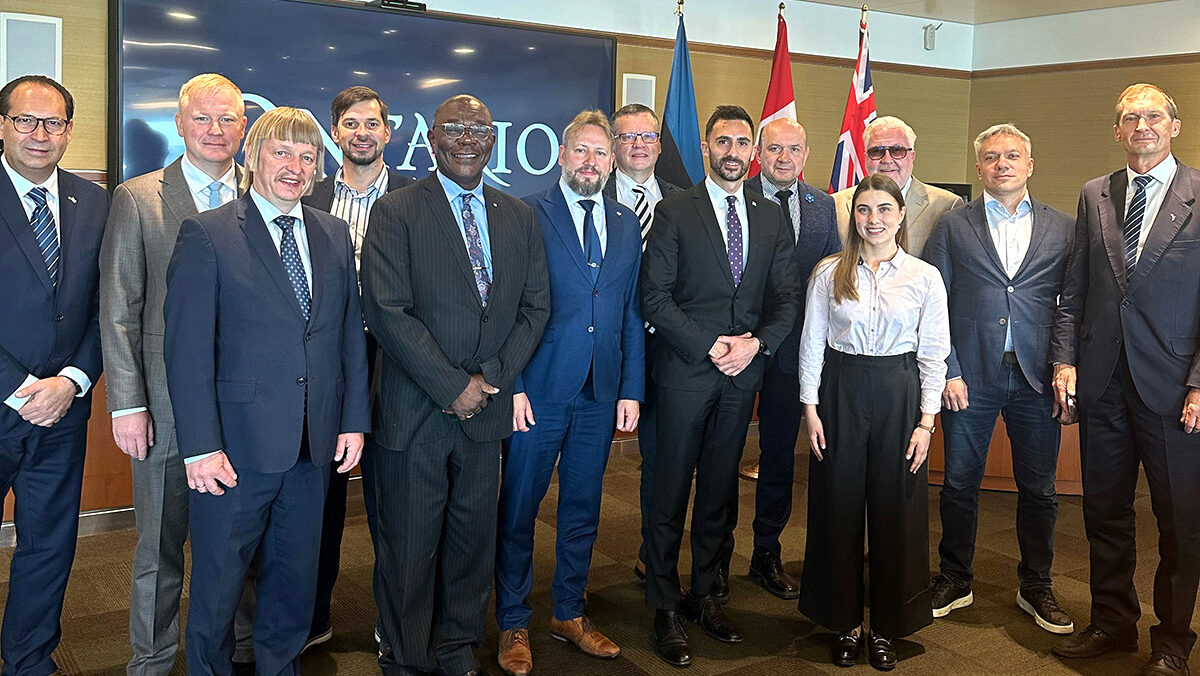Speculations about Putin’s reluctance to postpone the celebrations point to linked reasons: Putin’s fear of losing popularity thereby weakening his increasingly authoritarian rule, and keeping Russian’s focused and obsessed with the heroic grandeur of the Soviet past through Victory Day – making ‘Russia great again’ for the future.
One need not be a inveterate cynic to tie the delay in the 75th anniversary parade cancellation with Putin’s flagging poll numbers. The internationally recognized Levada Centre has shown a decrease in his approval rating from 69 percent in February to 63 percent in March. The celebrations of the Soviet victory would supposedly have given a major boost to Putin’s popularity. It’s was blatant political expediency that drove this hesitancy to delay a crucial public relations event.
Putin’s initial unwillingness to put the health of Russians ahead of political considerations is easily explained. He has made the May 9th celebrations the second most popular day of the calendar, next to New Year’s Eve. He’s aware of the Levada Centre surveys which showed a sharp increase for the day’s popularity rising from 29 percent agreement to 43 in 2017. In a 2018 survey, fully 87 percent said they felt a strong feeling of pride about Victory Day.
This rise in popularity coincides with Putin’s drive to restore the greatness of the Soviet era. (Just one example: the melody of the Soviet national anthem is re-used in the current song.) The unveiling of new massive monuments, cathedrals dedicated to the Russian military, jets and tanks were to be the centre pieces in many cities country-wide.
This year Victory Day was to unite the people. Critics say the celebrations were actually meant to unify Putin’s political power base.
A new symbol worn by everyone on Victory Day is the yellow ribbon of St. George. From being an emblem for commemorating the victims of the war, it has now become a symbol of allegiance to the authorities. It’s clearly expected to overtake the white ribbon, an insignia worn during anti-Putin protests in 2011-2012.
The showy rituals that have become part and parcel of this holiday in the past few years are intended to marry the sacred day of remembrance with its military triumph to the main heir of Russia’s the historical victory, Putin. It’s crucial for him to reinvigorate the glory of the past. His political opponents and any criticism thus desecrates the heroic sacrifices of the fallen soldiers and surviving veterans.
Putin’s procrastination in making a decision based on dire necessity is also tied to his own personal obsession – becoming Russia’s longest lasting ruler in history. The Duma legislation, containing crucial constitutional changes would have crowned Trump as Russia’s supreme leader and guaranteed him another 15 years of uncontested power.
The Kremlin’s propaganda campaign was clearly devoted to two events, Victory Day 75th anniversary and a plebiscite required to affirm the Duma’s legislation WWII references calling on Russians to “defend our ancestors’ memory were intermixed with images of children in Red Army uniforms. The parade was meant to consolidate Putin’s ambitions to remain the country’s ruler. Alas, the plebiscite was indefinitely postponed.
The Kremlin was also forced to take into account Russians’ concerns with the epidemic and its related unemployment. Parades are not at their top of mind. People are focused more on the epidemic, the accompanying economic disruption and the crippling unemployment it has caused.
One is convinced that the re-scheduled event (this will surely take place) could well be even more ostentatious than the one postponed. It has become no longer a solemn day of remembrance, but one arousing military fervour, saying don’t mess with us! This message Putin has punctuated with Georgia, Crimea and Ukraine.
Laas Leivat, Toronto




